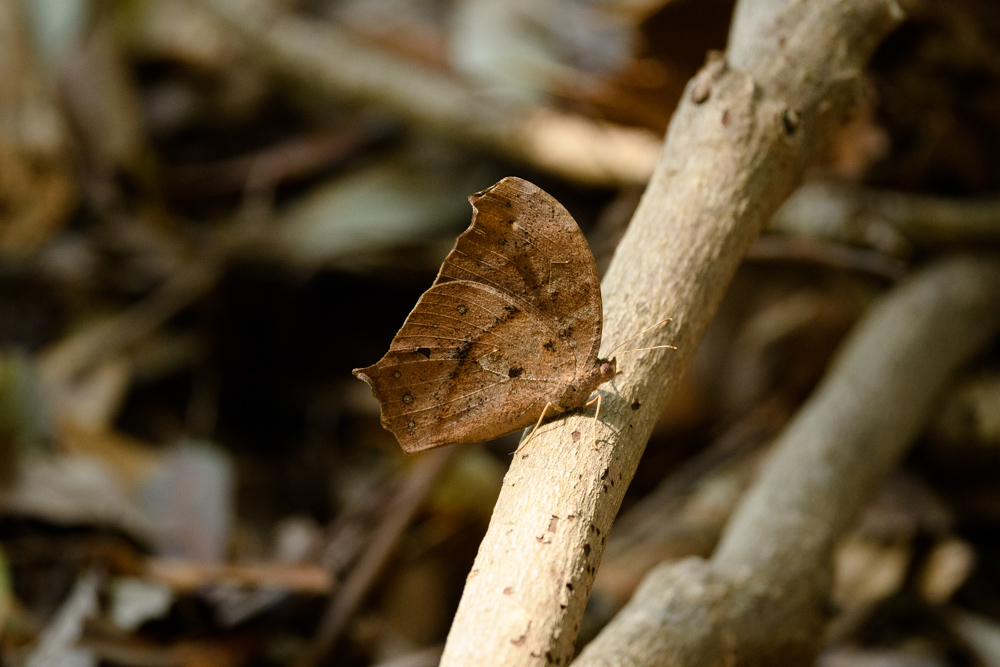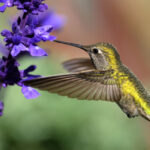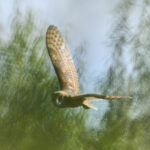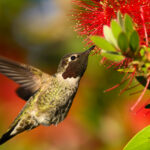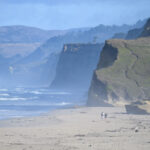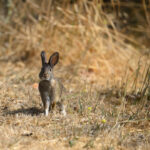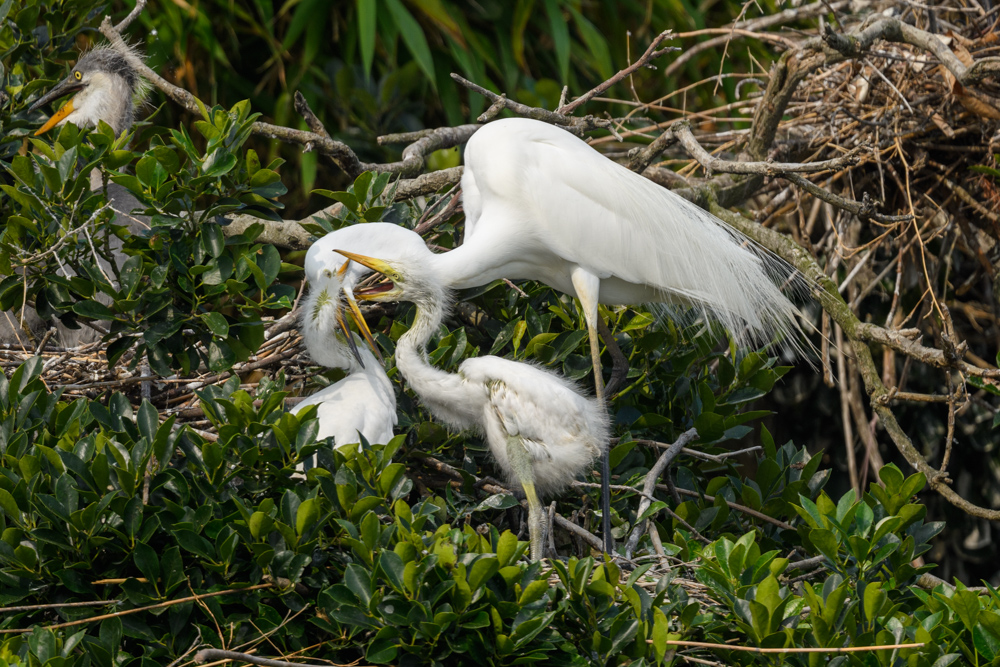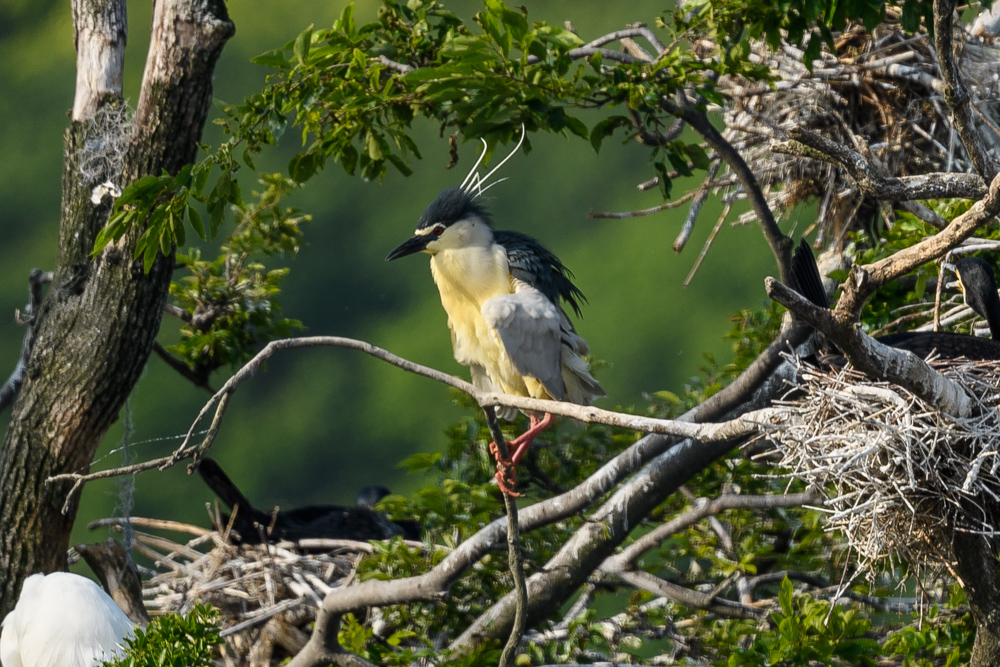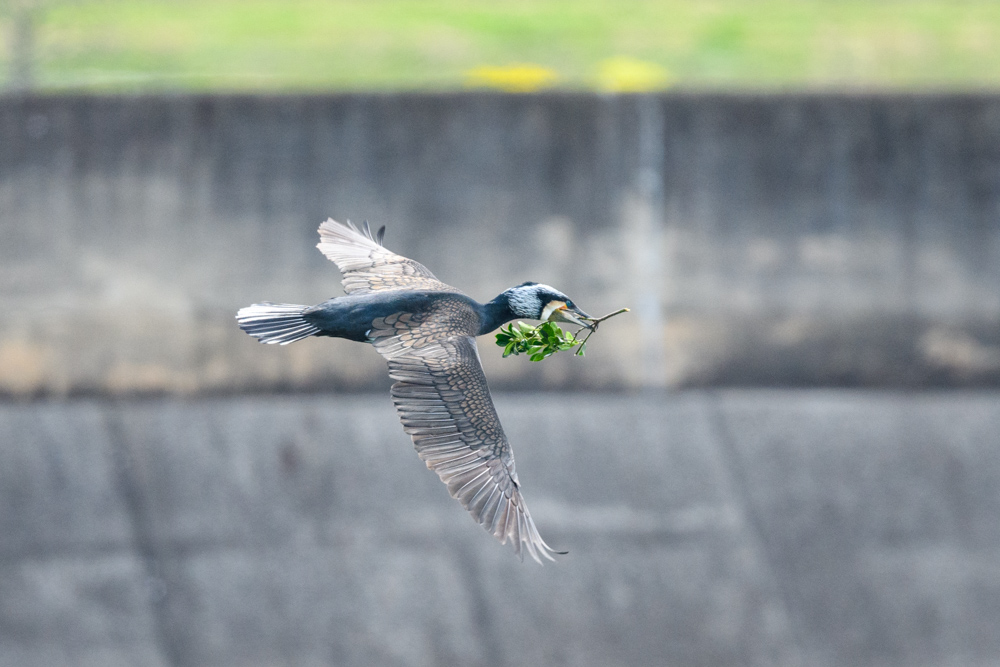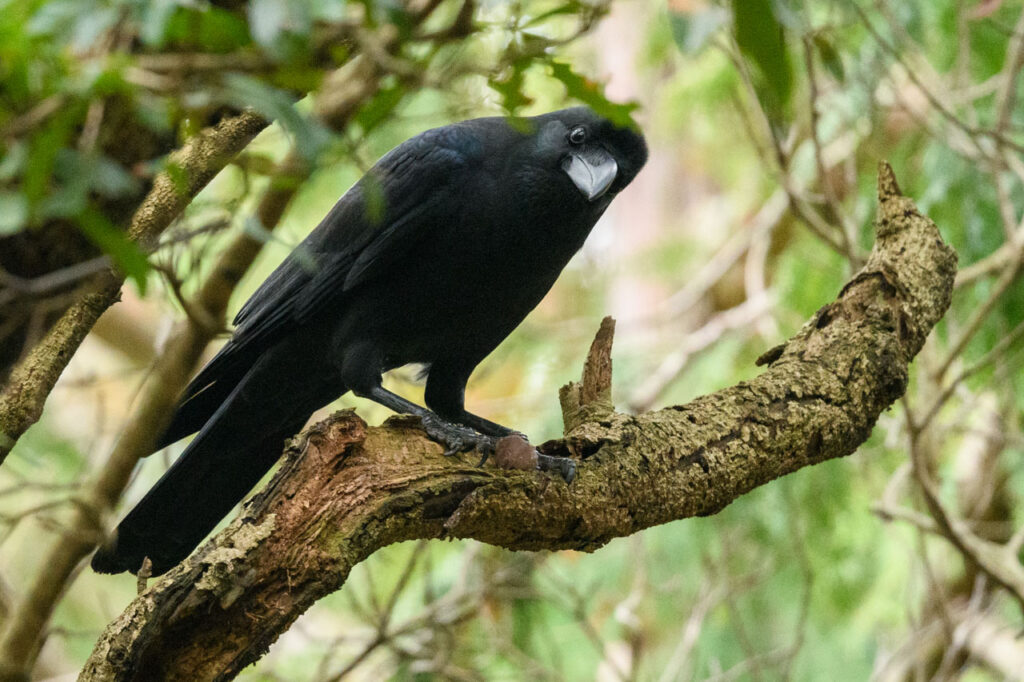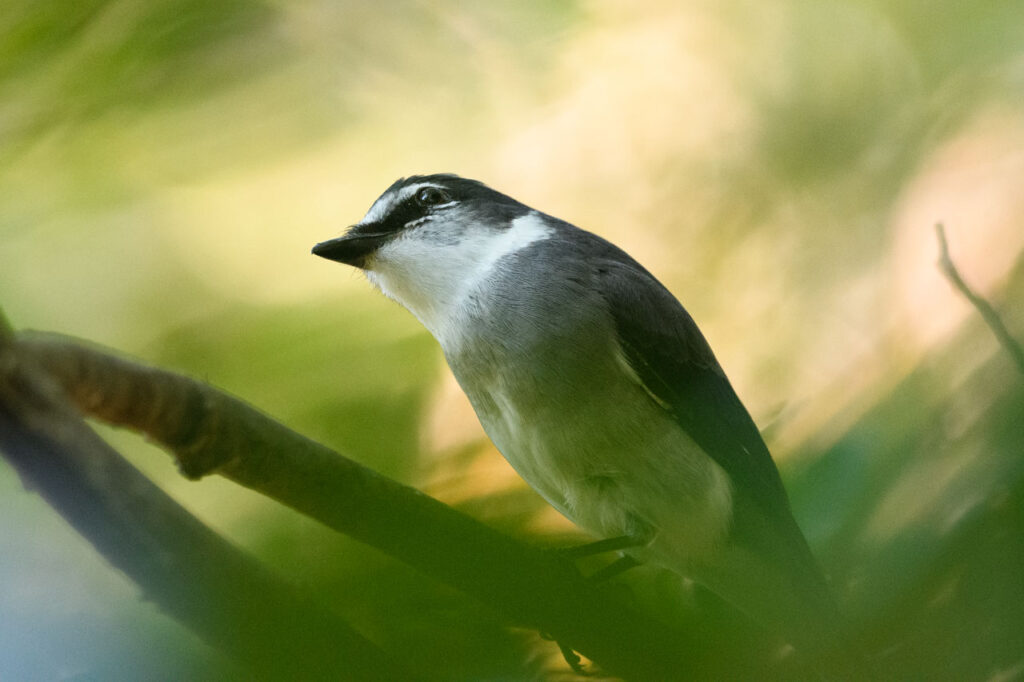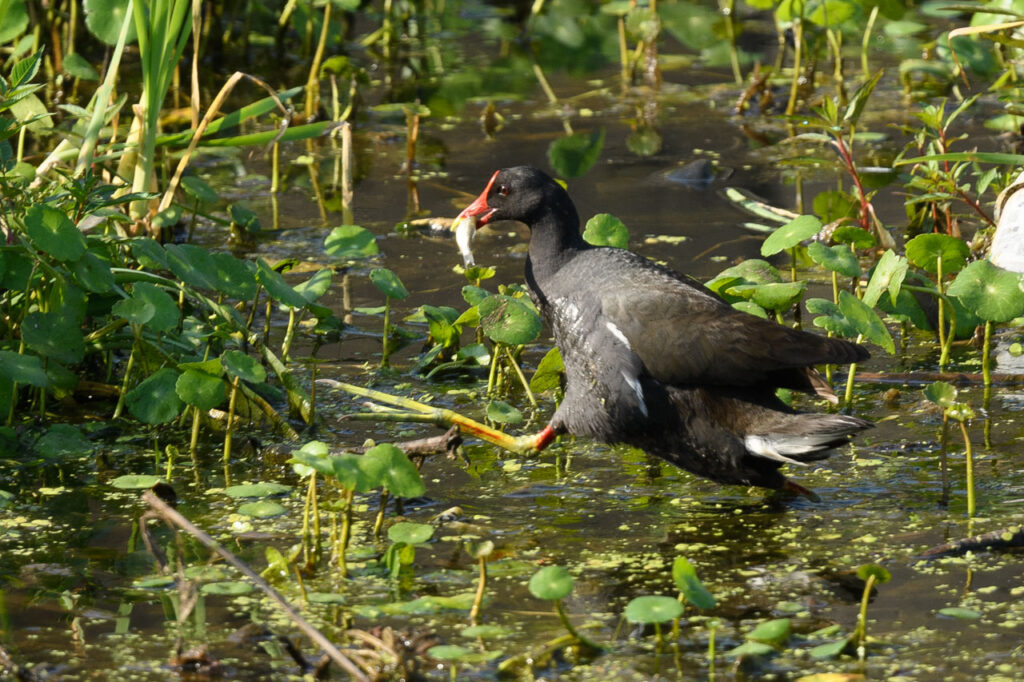
コロニー / Colony
This year I would like to make a fixed point of observation of the colonies of Great Cormorant and Herons. Since I am not close to the colony, I will report any changes in the colony every week or two.
Generally, the western side of the island is the cormorant area and the eastern side is the heron area.
A week has passed since my last observation. The herons have gathered in large numbers and have piled up nesting materials, but there is no indication that they are in full-blown egg-laying mode.
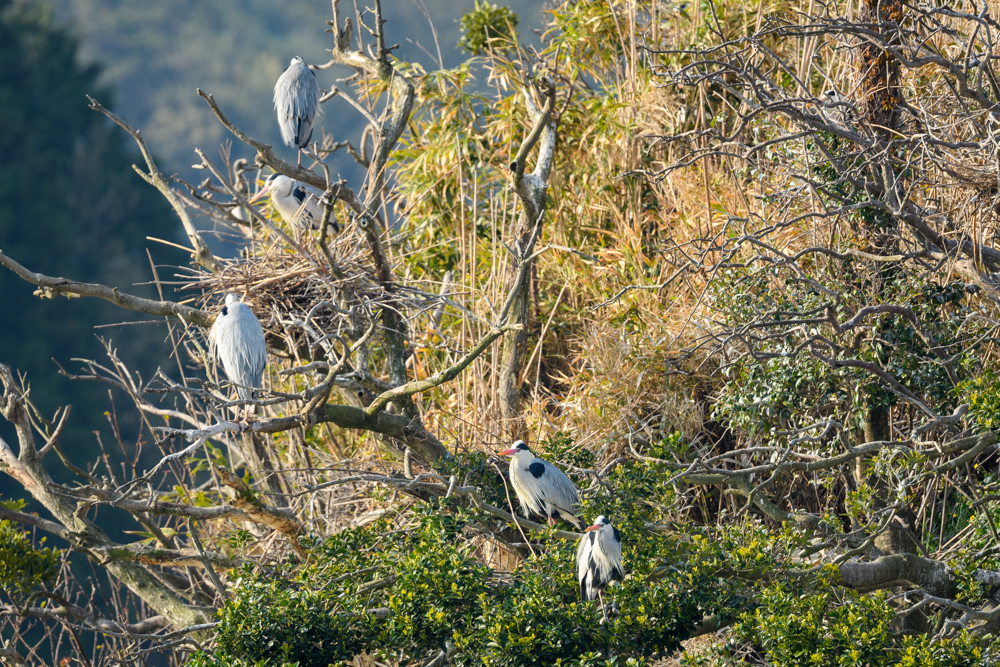
There is no sign of chicks hatching in the cormorants either.
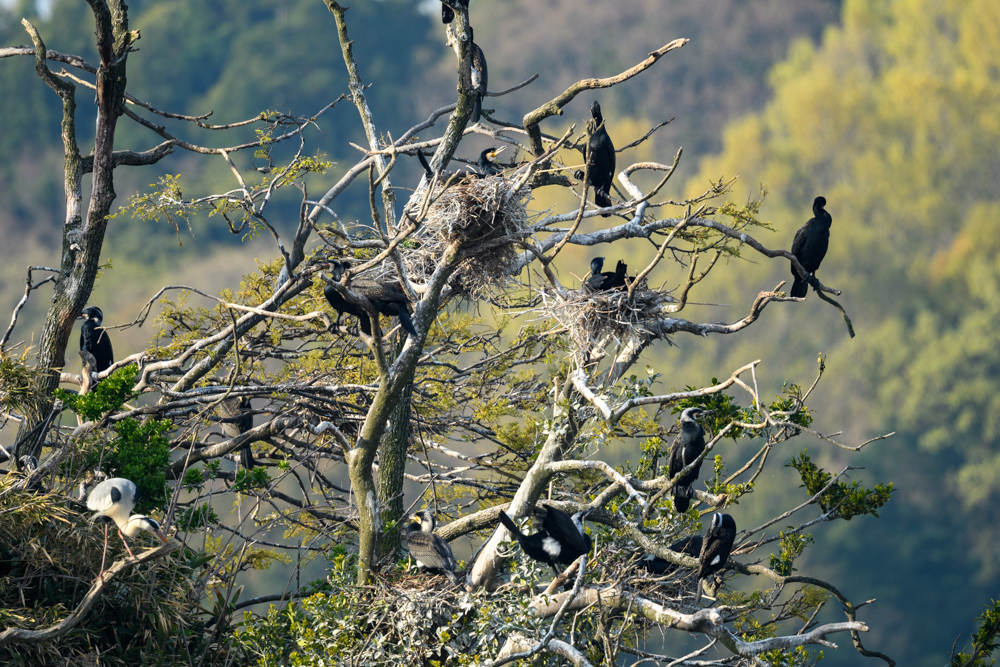
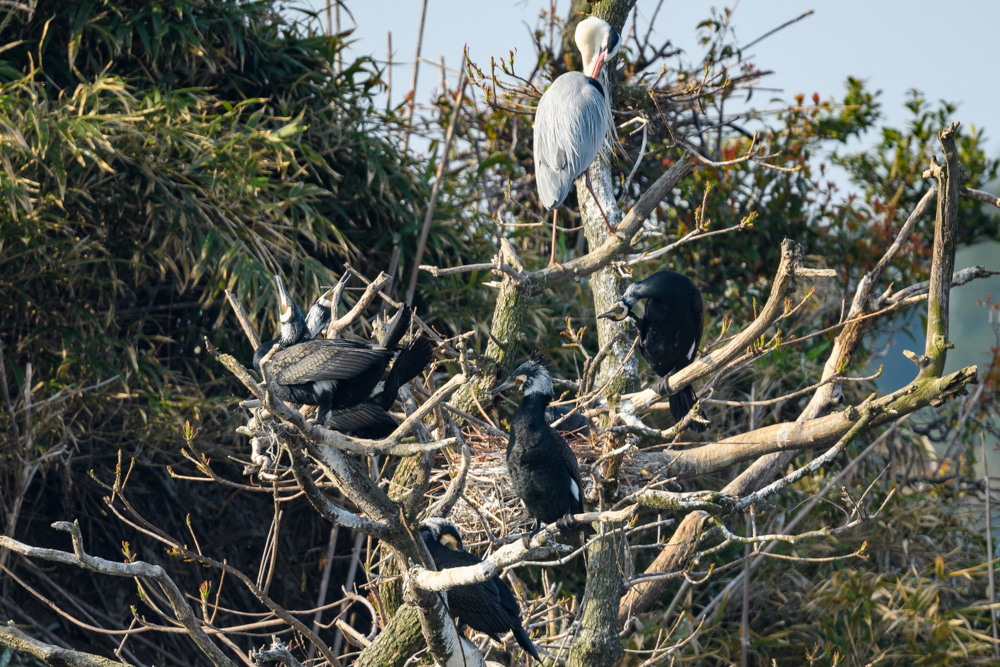
Looking closely, I also saw a Black-crowned Night Heron. I would like to observe them to see if they also nest in this colony.
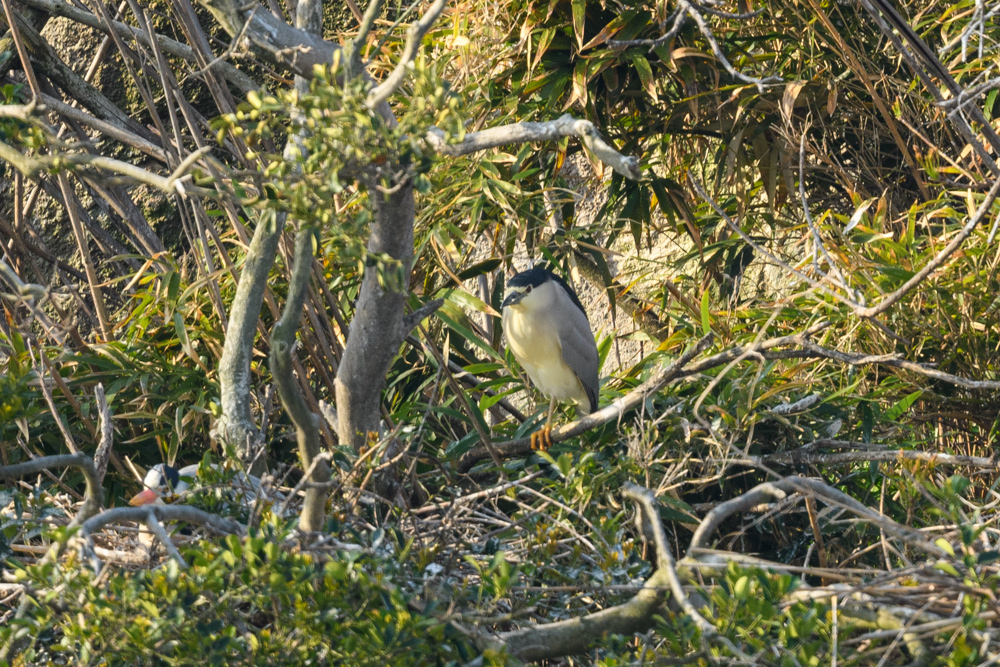
In a complete change, this was the first time I saw and photographed Ashy Minivet (p. d. tegimae).
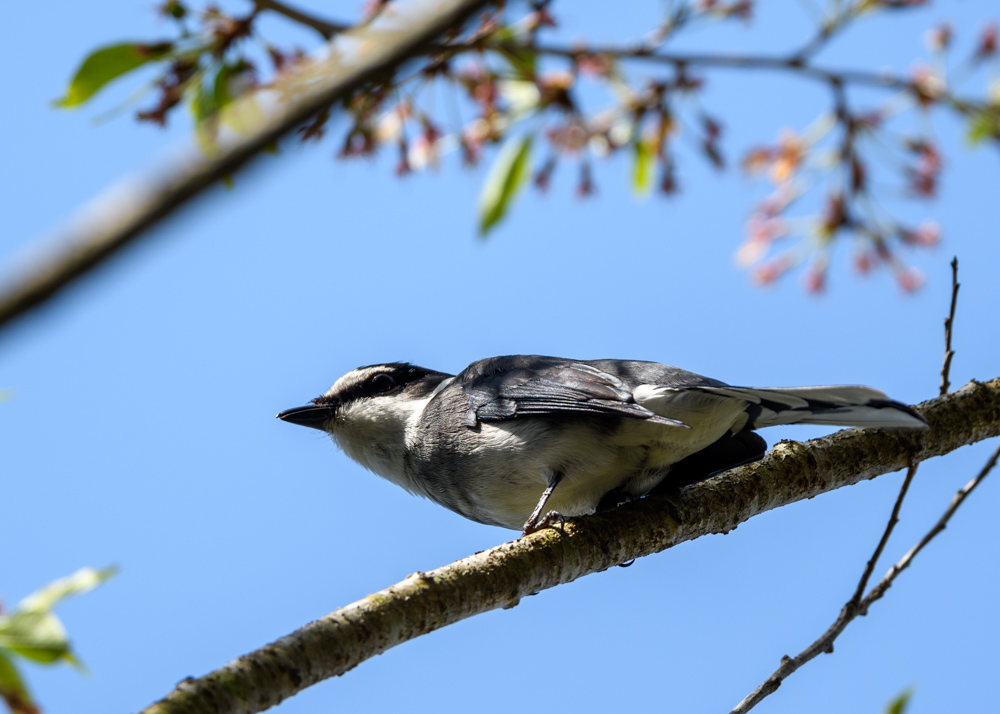
P. d. tegimae is a subspecies of Ashy Minive that seems to be a resident bird in southern Kyushu and southward. It differs from the Japanese Crested Salamander in its dark breast and black foreparts.
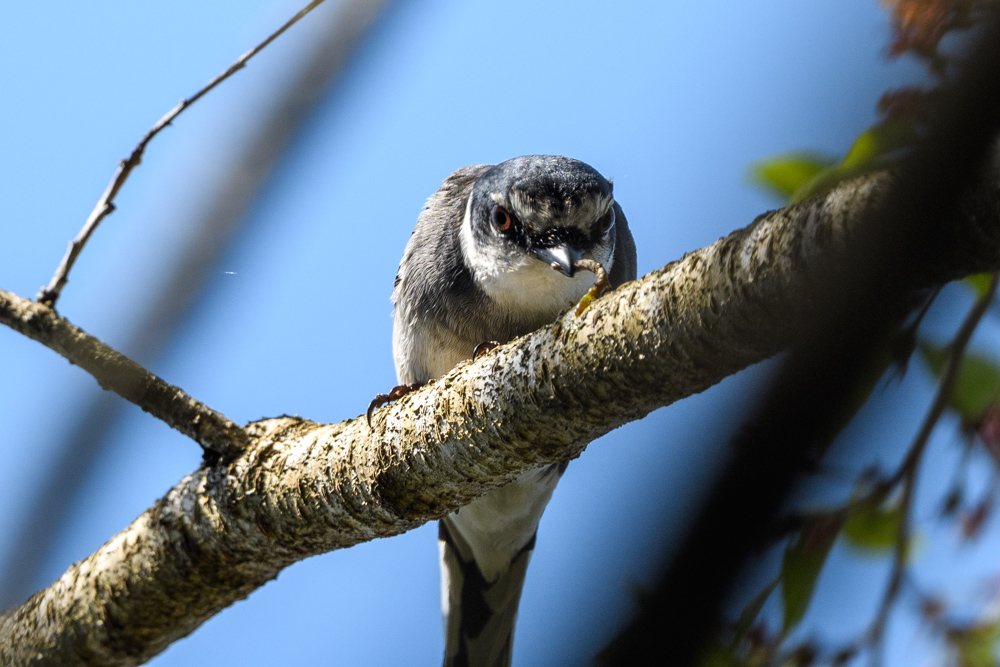
The last one is a mimetic insect. Mr. Google Lens says it’s a “Kurokonoma Butterfly”.
I really like mimetic-looking insects because they are a wonder of nature and evolution, but identifying them is hard…
I’ll try to tackle it properly when I learn the birds, but this is a pattern I’ll put off and not do.
